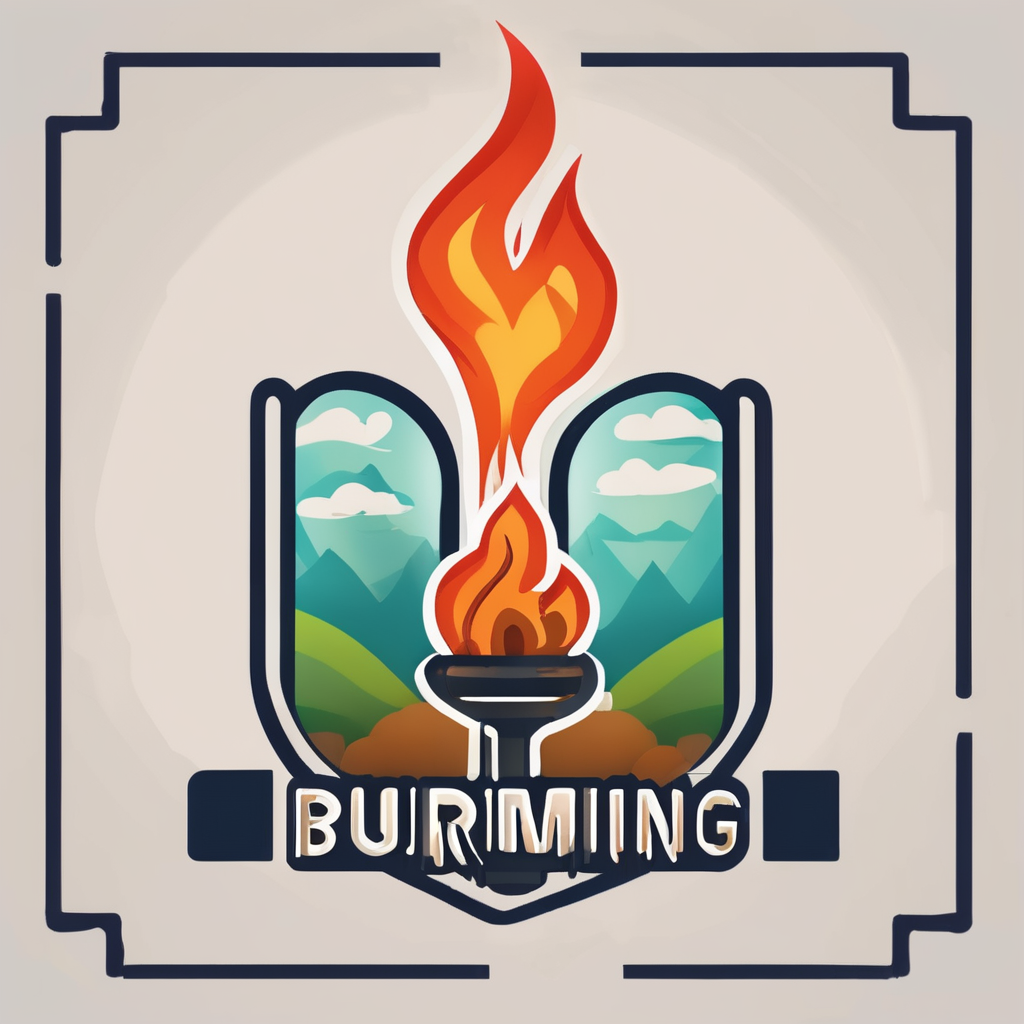Transforming Retail: How Augmented Reality is Revolutionizing the Shopping Experience in the UK
The Rise of Augmented Reality in Retail
Augmented reality (AR) is no longer just a futuristic concept; it has become a tangible reality that is transforming the retail industry in the UK and globally. This technology is bridging the gap between online and offline shopping, creating a more immersive, personalized, and engaging experience for customers.
What is Augmented Reality in Retail?
Augmented reality in retail involves integrating digital elements such as images, sounds, and interactive features into the real-world environment. Unlike virtual reality, which creates a completely immersive digital space, AR overlays computer-generated information onto the physical world, enhancing what we see and experience. This ability to merge digital convenience with real-world applicability is precisely why AR is making significant waves in the retail sector[5].
Have you seen this : Revolutionizing Urban Mobility: Harnessing Smart Traffic Lights to Enhance Traffic Flow in UK Cities
Enhancing Customer Experience with AR
One of the most significant impacts of AR on retail is the enhancement of the customer experience. Here are several ways AR is achieving this:
Virtual Try-Ons and Product Visualization
One of the biggest challenges for online shoppers is the inability to physically try or visualize products. AR technology addresses this issue by allowing customers to virtually try on clothing, accessories, or even makeup. Brands like Sephora and Ikea use AR to help customers see how products will look in real life—whether it’s a new shade of lipstick or a piece of furniture in their living room. For instance, Nike, Burberry, and Tommy Hilfiger have introduced AR-powered virtual try-on services, enabling customers to assess how items look on them without the need for physical fitting rooms[4].
In parallel : Revolutionizing Urban Mobility: Harnessing Smart Traffic Lights to Enhance Traffic Flow in UK Cities
Interactive In-Store Displays
AR isn’t just revolutionizing online shopping; it’s also transforming the in-store experience. Retailers are using AR-powered displays to provide interactive content that engages customers in new and exciting ways. Imagine walking into a store and being able to scan a product with your smartphone to instantly receive detailed information, reviews, or even styling tips. This interactivity not only makes the shopping process more informative but also adds a layer of personalization that can make customers feel more connected to the brand[5].
Real-World Implementations of AR in Retail
Several innovative implementations of AR in retail are already making waves in the UK.
Snap Street: An Immersive AR High Street Experience
Snapchat’s recent launch of Snap Street in East London is a prime example of how AR can transform the retail experience. Snap Street, held at the Ely’s Yard building in Brick Lane, turned an indoor space into an immersive high street with shop-fronts showcasing AR experiences curated by brands like Depop, Boots, and Cosmopolitan. Visitors could engage with various AR experiences, such as Depop’s AR Mirror, Boots’ AR vanity mirrors for virtual makeup try-ons, and Cosmopolitan’s AR lens for a cover star experience. This event demonstrated how AR can recreate the joy of shopping in a highly engaging and experiential way[1].
Ikea Place: Visualizing Furniture in Real-Time
Ikea’s AR app, Ikea Place, allows customers to visualize how furniture will fit in their home by placing virtual items in their physical space. This helps buyers make better choices without stepping into a store. Such applications not only enhance the shopping experience but also reduce the likelihood of returns by giving customers a realistic view of how products will look in their homes[5].
Benefits of Augmented Reality in Retail
The integration of AR into retail offers numerous benefits for both customers and retailers.
Boost in Sales and Customer Satisfaction
AR makes the shopping experience faster and more engaging. By allowing customers to virtually try on clothes or see how furniture fits in their spaces, AR reduces the time spent shopping and increases store conversions, whether online or offline. This technology helps customers make more confident purchase decisions, leading to higher satisfaction and fewer returns. For instance, research from HBR indicates that customers who use AR on retail apps spend 20% more time on the apps, view 28% more products, and are 19% more likely to make a purchase[4].
Improved Customer Engagement
AR enhances customer engagement through personalization and interactivity. It can suggest product recommendations based on individual preferences and enable customers to customize items by selecting colors, sizes, and features. For example, Porsche’s AR feature allows buyers to personalize their car models virtually, fostering a deeper connection between customers and products. This level of interaction drives more sales and loyalty[3].
Reduced Expenses and Operational Efficiencies
AR apps provide detailed product information and assist with store navigation, minimizing the need for human shop assistants. This technology also replaces traditional in-store displays, eliminating the need for expensive physical installations while offering an interactive shopping experience. Additionally, AR reduces product photography costs by allowing customers to explore a variety of products virtually, without requiring physical stock[3].
Key Players and Market Trends
The European augmented reality market in retail is seeing significant growth, driven by key players and innovative startups.
Market Leaders and Startups
Companies like Zappar Ltd and Blippar are pioneering AR technology in the retail sector. Zappar offers an end-to-end platform designed to create immersive AR experiences, empowering brands with engaging solutions such as interactive packaging and product visualization. Blippar provides a suite of solutions including virtual try-ons, 3D product displays, and experiential marketing campaigns, helping brands transform the shopping experience and build a stronger connection with their audience[2].
Market Growth and Projections
The global augmented reality market for retail is expected to grow significantly. According to Custom Market Insights, the market is projected to grow from USD 4.2 billion in 2024 to USD 62.3 billion by 2033. In Europe, the AR in retail market is expected to grow at a CAGR of 5.1% from 2024 to 2030, driven by the increasing popularity of online shopping and the need for more immersive and interactive experiences[2][3].
Practical Insights and Actionable Advice for Retailers
For retailers looking to integrate AR into their strategies, here are some practical insights and actionable advice:
Embrace Digital Transformation
Retailers should embrace the digital transformation by investing in AR solutions that enhance customer interaction and engagement. This includes integrating AR into existing platforms seamlessly, as seen with companies like Zappar and Blippar[2].
Focus on Personalization
AR can support personalized offers and real-time customization through the buying journey. Retailers should leverage AR to connect customers with offers they are most likely to be interested in, as 83% of US consumers are interested in personalized offers[4].
Use AR for Marketing Campaigns
AR can facilitate stronger marketing campaigns that resonate with customers. For example, Bloomingdale’s used web-based AR to develop interactive catalogs for its 150th Anniversary Collection, which improved customer engagement rates by 38% and conversion rates by 22%[4].
Augmented reality is revolutionizing the retail industry by bridging the gap between online and offline shopping. It offers a more immersive, personalized, and engaging experience for customers, while also driving sales, reducing expenses, and enhancing operational efficiencies for retailers. As AR technology continues to evolve, it will pave the way for more personalized, engaging, and efficient customer interactions across various industries.
Detailed Bullet Point List: Benefits of AR in Retail
-
Boost in Sales: AR makes the shopping experience faster and more engaging, increasing store conversions and customer satisfaction.
-
Customers spend more time on apps and view more products.
-
Higher likelihood of making a purchase.
-
Reduced uncertainty associated with online shopping.
-
Improved Customer Engagement: AR enhances customer interaction through personalization and interactivity.
-
Suggests product recommendations based on individual preferences.
-
Enables customization of items by selecting colors, sizes, and features.
-
Fosters a deeper connection between customers and products.
-
Reduced Expenses: AR minimizes the need for human shop assistants and traditional in-store displays.
-
Replaces physical installations with interactive AR experiences.
-
Reduces product photography costs by allowing virtual exploration of products.
-
Space Visualization and Virtual Tours: AR allows customers to explore a store or property virtually before visiting in person.
-
Provides a sense of the space and important details beforehand.
-
Makes the visit more efficient and informed.
-
Improved Customer Experience: AR reduces returns by allowing customers to see products in a real-life context.
-
Increases confidence in purchase decisions.
-
Encourages higher-value, multi-item purchases.
Comprehensive Table: Key Players in AR Retail
| Company Name | Established Year | Headquarters | Key AR Solutions |
|---|---|---|---|
| Zappar Ltd | 2011 | London, UK | Interactive packaging, product visualization, gamified experiences |
| Blippar | 2011 | London, UK | Virtual try-ons, 3D product displays, experiential marketing campaigns |
| DAQRI LLC | 2010 | Los Angeles, USA | Wearable AR tech for personalized shopping assistance, industrial applications |
Relevant Quotes
-
“Snap Street will recreate the joy of Snapchat IRL with an experiential shopping destination for our users, their friends and family. We’ll be showing how our pioneering AR technology allows users to experience on screens how products look and behave in the real world, paving the way for a more personal experience for consumers, and more engaging retail opportunities for brands.” – Ben Wymer, Director of Global Brand Experience at Snapchat[1].
-
“AR is proving extremely useful for online shoppers who want to understand how their purchases will look in real-world environments. This takes a lot of the guesswork and assumption out of buyers’ thought processes, and therefore removes much of the doubt around whether a purchase will be the right one for them.” – Ciklum Blog[4].
-
“Augmented reality is reshaping the retail industry by offering ideal shopping experiences that cater to modern consumers’ demands for convenience. Through AR, shoppers can virtually try on clothes, experiment with makeup, and visualize how furniture will look in their homes, all without stepping into a store.” – Team TA, Travancoreanalytics[3].










